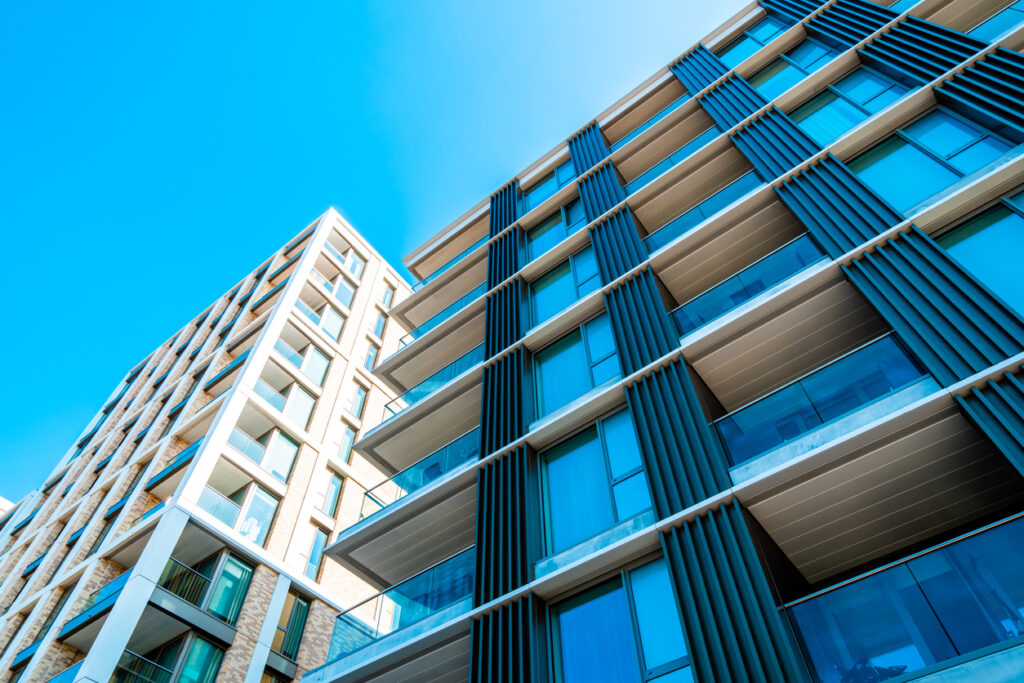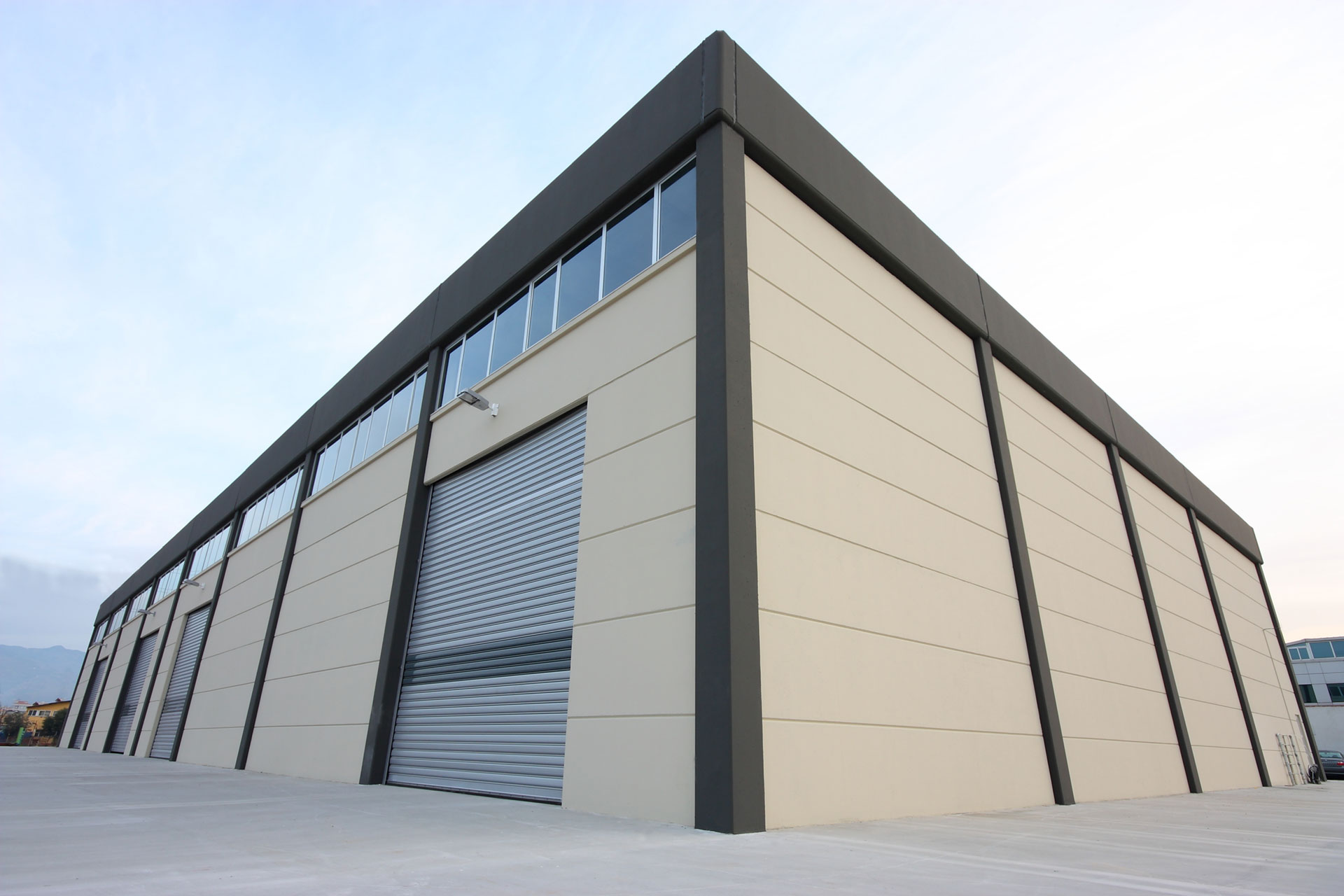Explore how cladding materials enhance the safety and protection of industrial buildings against fire, chemical exposures, and weather conditions.
Introduction to Safety-Oriented Cladding Materials
In industrial environments, the choice of cladding materials is not just about aesthetics; it’s crucial for safety, and protection against fire, chemicals, and harsh weather. This post delves into the properties of different cladding materials and how they contribute to building safety.

Key Cladding Materials and Their Protective Qualities
Aluminum Composite Material (ACM) Panels
Versatility and Durability: ACM panels consist of two aluminum sheets with a core material that provides lightweight and durable cladding.
Resistance Features: These panels are designed to withstand fire, weather conditions, and impacts, making them suitable for industrial buildings.
Customizability: Available in various colors and textures, ACM panels can be tailored to meet specific design requirements while ensuring safety.
Stone Cladding
Natural Strength: Stone is inherently resistant to severe weather conditions and provides excellent durability.
Fire Resistance: Stone cladding offers natural fire resistance, making it a safe choice for high-risk environments.
Aesthetic and Protective: Beyond its protective qualities, stone also enhances the building’s visual appeal and structural integrity.
Metal Siding
High Impact Resistance: Metal siding can endure high winds, hail, and mechanical impacts, preserving the building’s exterior.
Fire and Corrosion Resistance: Metal cladding materials are less likely to corrode or ignite, which is crucial for chemical handling or storage facilities.
Longevity: Metal siding requires minimal maintenance and is known for its longevity, reducing the need for frequent replacements.
Fiber Cement Siding
Durability Against Elements: Fiber cement is highly durable against rot, fire, and termite damage.
Weather Resistance: Capable of withstanding extreme weather conditions, making it ideal for areas prone to severe climate changes.
Versatility: This material can be manufactured to mimic the appearance of wood, brick, or stone, offering flexibility in design while maintaining safety standards.
Enhancing Safety with Proper Installation and Maintenance
Professional Installation: Ensure that cladding materials are installed by qualified professionals to maximize their protective features.
Routine Inspections: Regular inspections can identify and address any potential integrity issues before they pose a risk.
Maintenance Practices: Adhering to recommended maintenance practices enhances the durability and safety of the cladding materials.
Partner with Superior Architectural Cladding Systems for a Secure Property
When it comes to safeguarding industrial buildings, the right cladding material does more than just cover your exteriors—it protects. At SA Cladding, we offer a wide range of cladding materials designed to enhance the safety and durability of industrial environments.
Contact us today for comprehensive maintenance plans and expert guidance on all your cladding needs.


